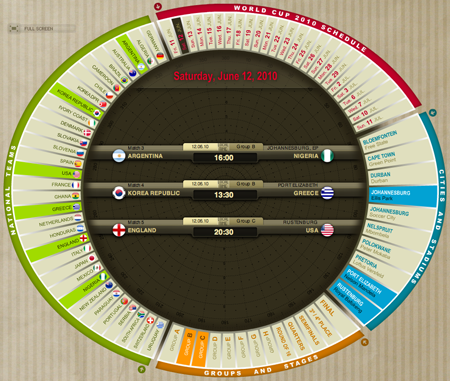Site Building, Sample Content and Cultural Bias
Monday, July 29th, 2013Recent work (in Moodle) has got me thinking about the role of sample content when developing online participatory sites/platforms. The inclusion of initial content (text, images, links, resources etc.) helps kick-start a new site – contextualising the functionality of specific components (such as a blog, a forum thread or a repository) and acting as exemplars for subsequent use. However, should we assume that what we choose to add, and how we add it, is neutral, or is it inherently biased? How much do we – intentionally or unintentionally – influence and potentially determine parameters for continued practice? It seems to me, there are a number of interrelated factors worth considering here:
Default vs. Bespoke
Platforms may incorporate default content added by the developer (think of a ‘sample post’ on a new blog), but creating bespoke sample content allows it to be relevant to the specific context of the site. However, it might sometimes be considered advantageous to fall back on ‘decontextualised’ content, to reduce risks associated with establishing cultural norms.
Volume/Scope
A single sample of content may be sufficient to demonstrate the functional role of any given component but fundamentally constrains the cultural diversity that multiple samples will enable. However, multiple samples that are similar or repetitive can serve to emphasise cultural norms by their uniformity.
Contributors
The identity and the number of contributors is a related factor here. Sample content is often added to a new site by a single contributor, whereas multiple contributors will promote diversity. But how representative will they (choose to) be of the intended user group? This raises issues of authenticity. It is possible for a single contributor to fabricate multiple users and aliases.
Originality
If the site is intending to facilitate activities or resources that are replacing or updating current practice, sample content may be transferrable from existing sources.
Permanence
As exemplars, sample content may be temporary; to be deleted at a further date in time once subsequent (and more contextually pertinent) content has been added.
Platform-specificity
The design and customisability of the platform will to an extent determine opportunities for creating sample content. Some platforms may have well-established norms of use that one may want to either reinforce or challenge. In addition, one has to be aware of the potential influence of participants’ familiarity with a specific platform – or with a similar site in another context – in engendering habitual practice.
Timescales
There is a danger of launching and promoting a new site with minimal content and then sitting back and expecting things to happen. A more sustained timescale, in which sample content is added continually, might better create the appearance of an active, dynamic site.
Sample content is typically utilised in the components, processes and scenarios explored during prototyping or initial design stages, and helps facilitate decisions related to functionality, navigation and layout etc. Therefore the above factors are determined, to an extent, by the design process or framework one chooses to adopt. In particular, a participatory design model may involve participants in the selection and/or production of sample content. Indeed, beyond initial prototyping and the ‘launch’ of a new site, they may continue – either informally as ‘early adopters,’ or through formal ‘mentorship or stewardship’ roles – to be the principal content managers, maintaining the momentum of the site’s activity, and influencing cultural norms to the extent that they establish best practices.


